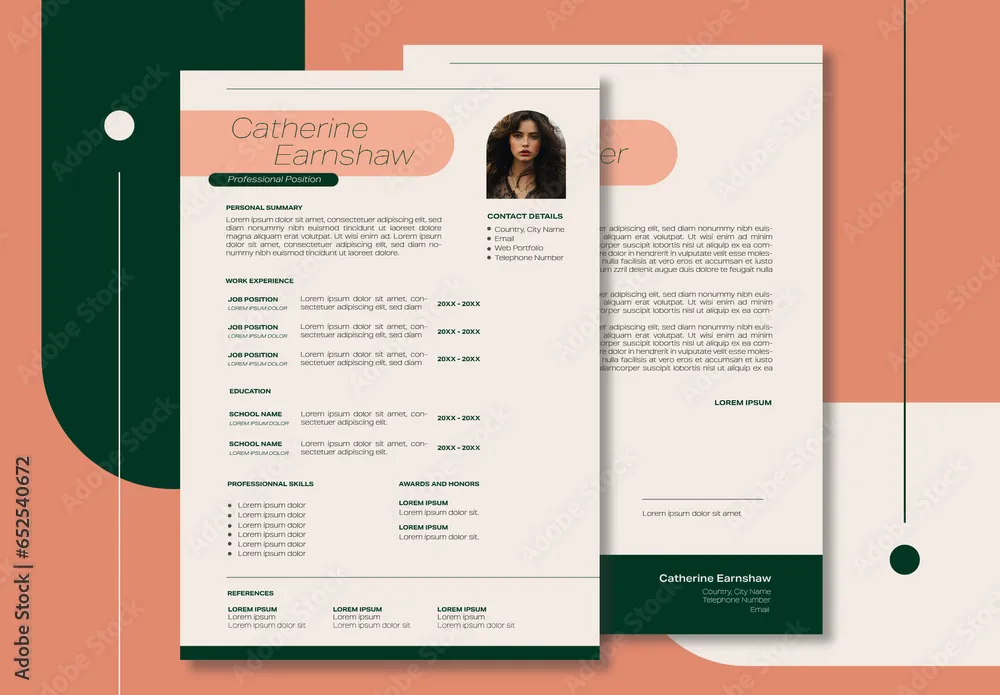Choose the Right Resume Cover Letter Layout
A well-structured resume cover letter layout is often the first impression you make on a potential employer, making it crucial in a competitive job market. The layout isn’t just about aesthetics; it reflects your professionalism, attention to detail, and ability to communicate effectively. A poorly designed cover letter can easily lead to your application being overlooked, regardless of your qualifications. Understanding the importance of a good layout helps you present your skills and experiences in the best possible light, increasing your chances of landing an interview. This guide provides essential tips to ensure your cover letter layout stands out for the right reasons and supports your application.
Understanding the Importance of Layout
The layout of your cover letter directly impacts readability and the overall impression it creates. A cluttered or poorly organized letter is difficult to read, potentially leading the reader to miss key information. A clear, well-structured layout, on the other hand, makes your letter easy to scan and allows the recruiter to quickly grasp your qualifications and interest in the position. This is especially important given the short amount of time recruiters typically spend reviewing cover letters. A good layout signals that you respect the reader’s time and are organized, both highly valued qualities in the workplace. A well-designed cover letter acts as a preview of your skills, showing your attention to detail and ability to communicate professionally.
Formatting Essentials
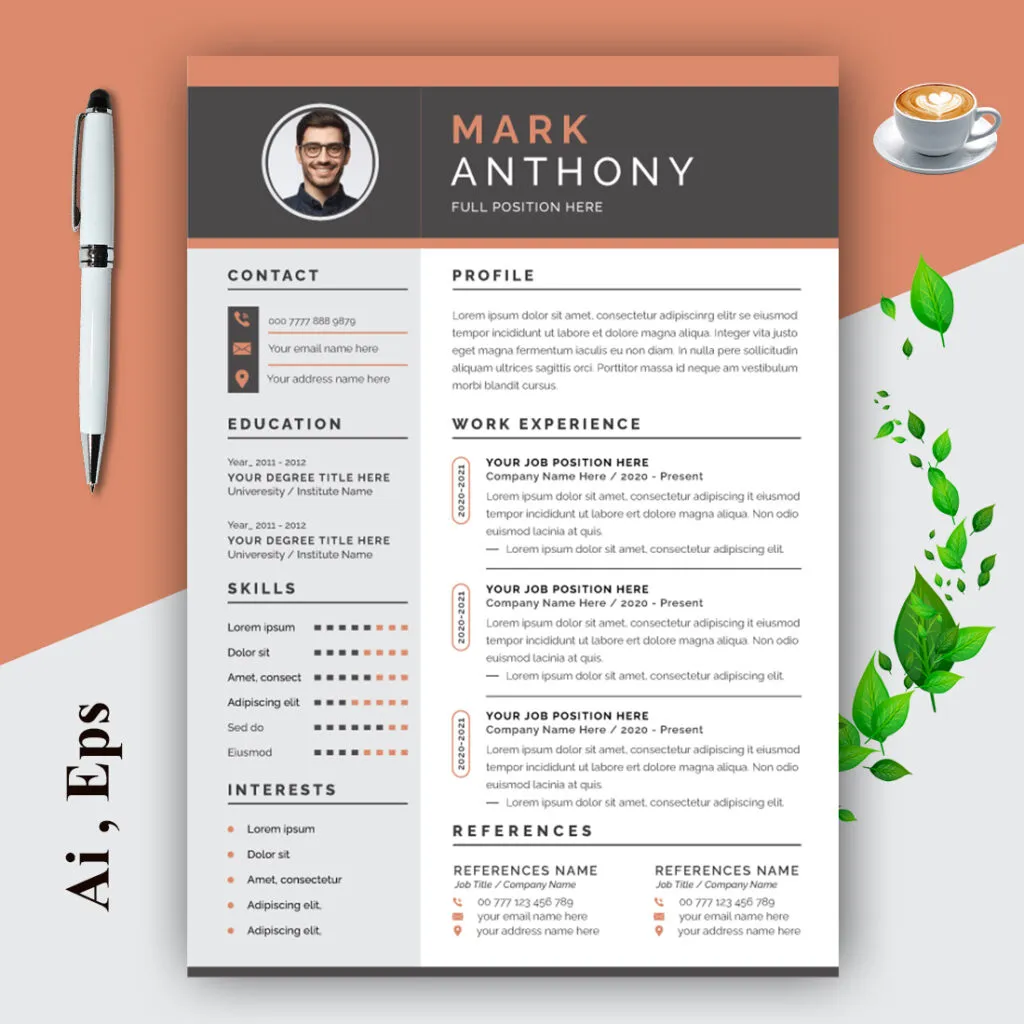
Certain formatting elements are fundamental to every effective cover letter layout. These include consistent font choices, proper spacing, and a logical structure. Stick to a standard font like Arial, Times New Roman, or Calibri, as these are easy to read and project a professional image. Use a font size between 10 and 12 points to ensure readability without appearing cramped or too spacious. Maintain consistent margins (typically one inch) on all sides of the document. Use single-line spacing for the body of your letter, with a blank line between paragraphs to create visual breaks and enhance readability. Consider using a left-aligned format, which is generally easier for the eye to follow than justified text. These formatting choices create a clean, professional look that helps your message come across clearly.
Prioritizing Readability and Visual Appeal
Beyond basic formatting, the visual appeal of your cover letter plays a significant role in capturing and holding the reader’s attention. Aim for a balance between text and white space. Avoid overcrowding the page; ample white space makes the document less intimidating and more inviting to read. Use headings and bullet points strategically to break up large blocks of text and highlight key information. This helps the reader quickly scan the letter and grasp the most important points. Pay attention to the overall flow of the letter. The structure should guide the reader logically through your qualifications and express your interest in the job. A visually appealing cover letter demonstrates that you care about presentation, a trait highly regarded by employers.
Top 5 Tips for Resume Cover Letter Layout
Tip 1 Use a Clean and Professional Font
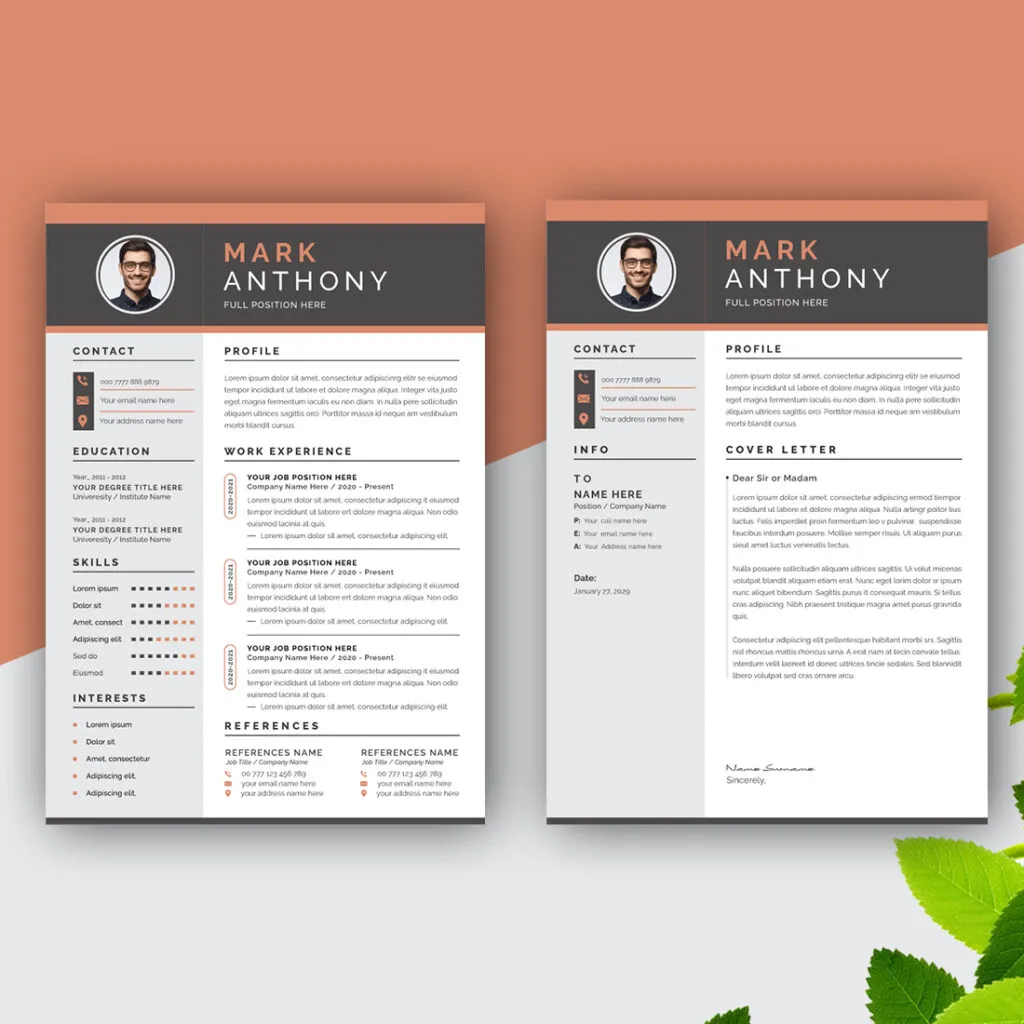
Selecting the right font is a foundational element of a strong cover letter layout. Choose a font that is easy to read and projects professionalism. Standard fonts like Times New Roman, Arial, Calibri, or Helvetica are excellent choices. These fonts are universally recognized and respected. Avoid overly stylized or decorative fonts, as they can be distracting and make your letter appear less serious. Stick to a font size between 10 and 12 points to ensure readability without making the text look cramped or overly large. Consistency is key; use the same font throughout your cover letter and your resume to create a cohesive and professional presentation. A clean, readable font makes your message accessible and helps you create a positive first impression.
Tip 2 Structure Your Letter Logically
A well-structured cover letter layout guides the reader through your key qualifications and highlights your interest in the position. Start with a clear and concise introduction stating the position you’re applying for and where you saw the job posting. In the body of your letter, elaborate on how your skills and experience align with the job requirements. Use the job description as a guide to emphasize the most relevant skills and accomplishments. Provide specific examples to support your claims and demonstrate the value you can bring to the company. Conclude with a strong call to action, reiterating your interest and inviting the reader to contact you for an interview. This logical flow helps the recruiter quickly understand your qualifications and makes a compelling case for your candidacy.
Tip 3 Maintain Consistent Formatting
Consistency in formatting is crucial for a polished and professional cover letter layout. Use the same font, font size, and margins throughout the document. Maintain consistent spacing between lines and paragraphs. Align your text consistently, typically either left-aligned or fully justified. If you use bullet points, make sure they are uniform in style. Consistency in formatting creates a sense of order and professionalism, demonstrating your attention to detail and your ability to present information clearly. Inconsistent formatting can be distracting and can make your letter appear unprofessional. Paying attention to these details shows the reader that you care about presenting your best self.
Tip 4 Optimize White Space
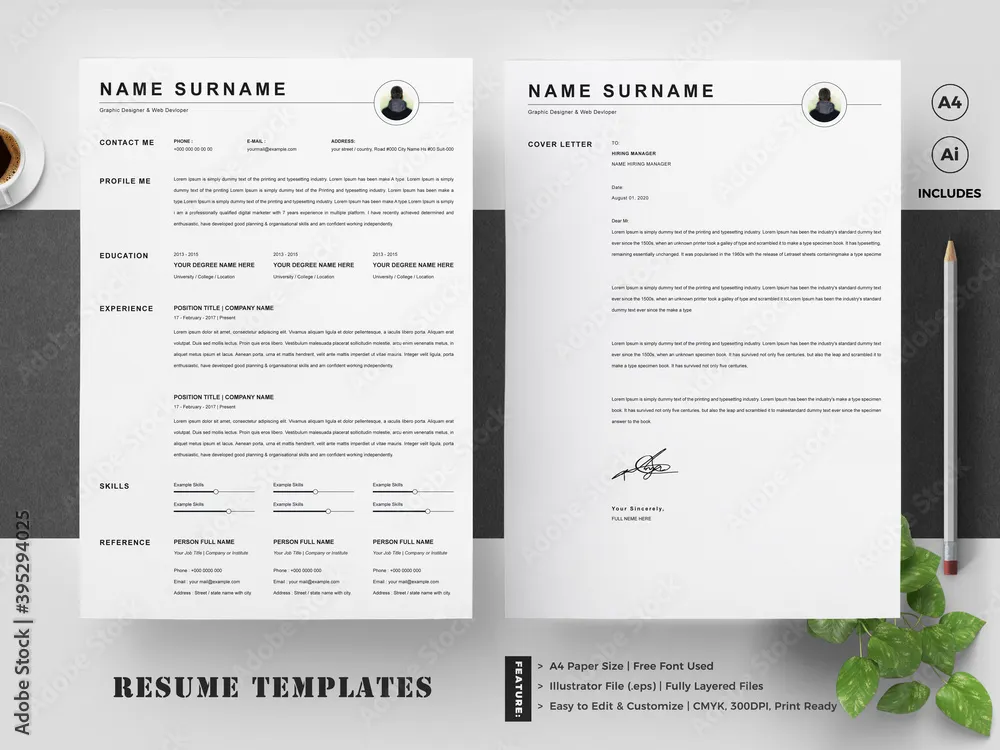
White space is your friend when it comes to cover letter layout. It refers to the empty areas on your page, which greatly affect readability. Ensure enough white space around your text, between paragraphs, and around your margins. Avoid overcrowding your letter. Use blank lines between paragraphs to give the reader’s eye a break. Short paragraphs are generally easier to read than long blocks of text. The strategic use of white space makes your cover letter less intimidating and more inviting. It allows the reader to focus on the content without feeling overwhelmed. A well-balanced use of white space contributes to a clean, professional look that enhances your chances of making a positive impression.
Tip 5 Tailor the Layout to the Job
Adapt your resume cover letter layout to suit the specific job and industry. Research the company’s culture and consider how their branding and style might influence your layout choices. While maintaining a professional appearance, you can slightly adjust your layout to match the company’s image. For example, a creative role may allow for a slightly more modern font or layout, while a position in a more traditional field might call for a more conservative approach. Pay attention to the job description and highlight the skills and experiences that are most relevant to the specific position. Tailoring your cover letter layout shows the recruiter that you’ve taken the time to understand their needs, and it increases the relevance of your application. This personalized approach can significantly boost your chances of getting noticed.
Enhancing Your Resume Cover Letter Layout
Proofreading and Editing
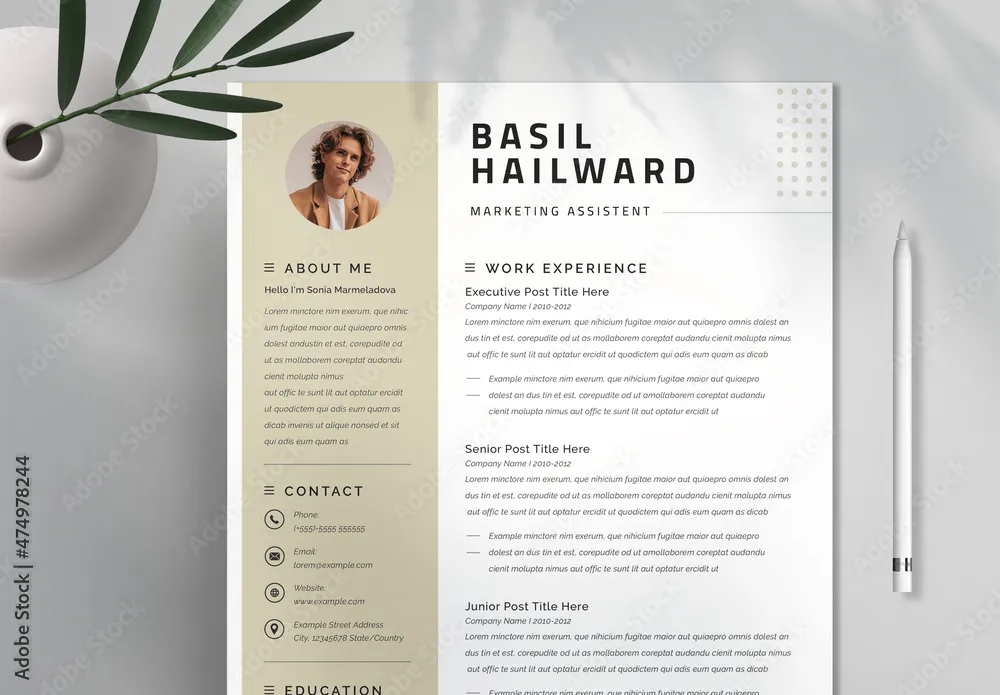
Before submitting your cover letter, thoroughly proofread and edit it for any errors in grammar, spelling, or punctuation. These errors can detract from your professionalism and make a negative impression on the reader. Read your letter aloud to catch any awkward phrasing or sentences that don’t flow smoothly. Use a spell checker, but don’t rely on it entirely; it won’t catch all errors. Ask a friend, family member, or career counselor to review your letter for a fresh perspective. They can identify any mistakes you might have missed and provide suggestions for improvement. A polished, error-free cover letter demonstrates attention to detail and commitment to quality, significantly enhancing your professional image.
Seeking Feedback
Getting feedback on your resume cover letter layout is an excellent way to improve your application. Ask trusted friends, family members, career counselors, or professional resume writers to review your letter. They can provide valuable insights into the clarity, structure, and overall effectiveness of your letter. Be open to their suggestions and be willing to make revisions based on their feedback. Consider seeking feedback from people in your field, as they may have a better understanding of industry standards and expectations. Professional resume writers can offer expert advice on layout, formatting, and content, ensuring your letter is well-crafted and impactful. The willingness to seek and act upon feedback demonstrates a proactive approach to self-improvement and increases your chances of creating a winning cover letter.
